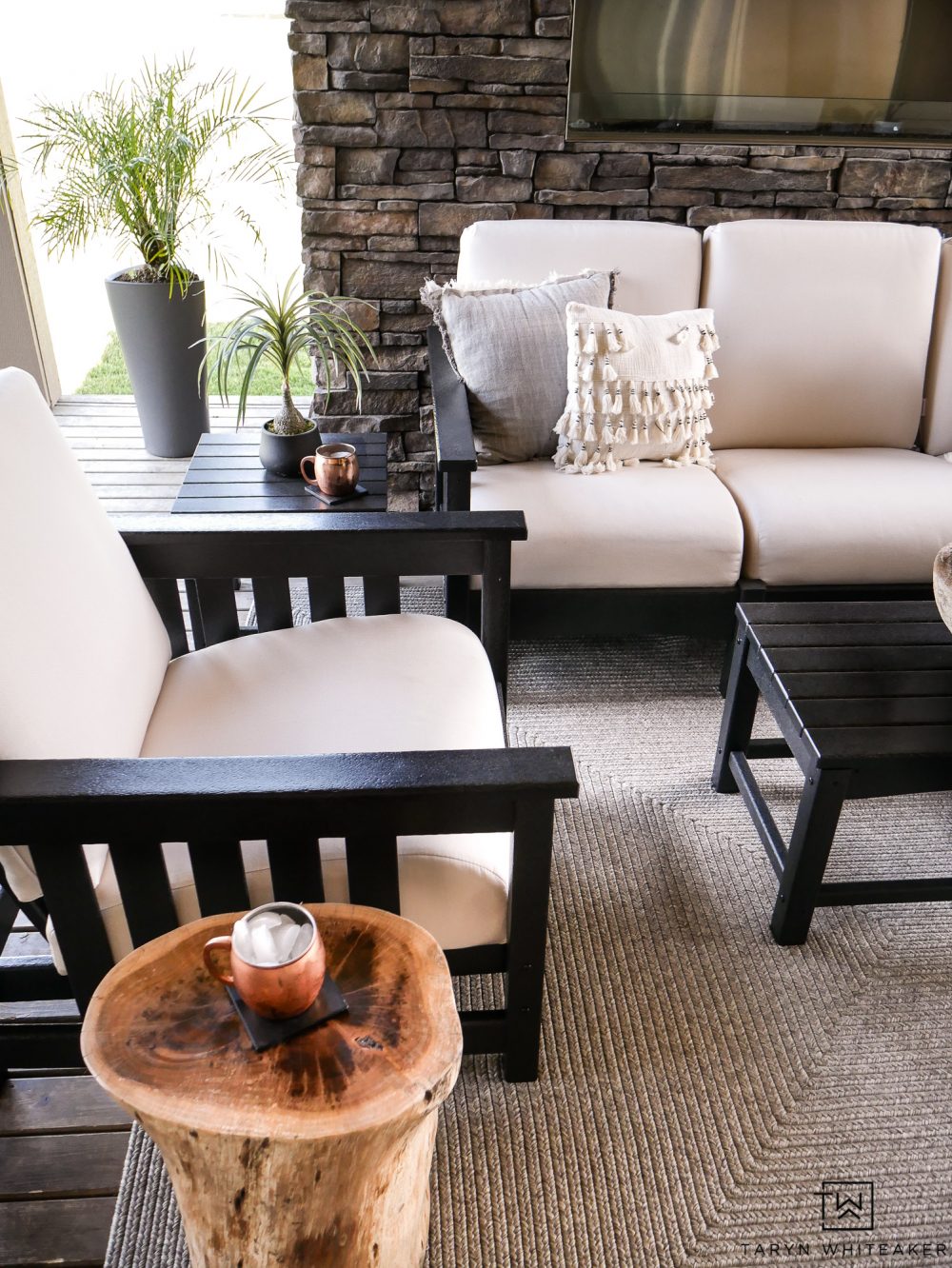The design process at Tailwind is a meticulous blend of traditional craftsmanship and modern innovation.
While the classic Adirondack chair serves as the foundation, Tailwind's designers continuously refine and enhance the design to improve comfort, functionality, and aesthetic appeal. The company invests heavily in research and development, utilizing advanced computer-aided design tools to optimize every curve and angle. Prototypes undergo rigorous testing to ensure they meet Tailwind's high standards for comfort and durability. This attention to detail extends to every piece in their Adirondack collection, from side tables to gliders, ensuring a cohesive and harmonious outdoor living experience.Safety is paramount when selecting commercial furniture. Chairs, barstools, and tables must be able to support the weight of patrons and their meals safely and remain stable even with the dynamic movements associated with dining. Most commercial seating is rated for weights of 250-350 pounds, but it's essential to verify the specific capacity of your chosen models. Stability is enhanced by features like wide bases, non-slip feet, and proper weight distribution. BFM Seating, for example, offers furniture designed with safety and stability as primary considerations. Regular inspections for loose parts or structural issues are crucial to maintaining a safe dining environment.
Adapting to Changing Trends with Resin Barstools
Ensuring that restaurant furnishings accommodate all patrons, including those with disabilities, is not just a legal requirement in many places but also good business practice. This includes providing tables at appropriate heights for wheelchair users, ensuring adequate space between tables for mobility devices, and offering chairs with and without armrests. Some manufacturers, like BFM Seating, offer lines specifically designed with accessibility in mind. Consider also the needs of elderly patrons or those with back problems – chairs with sturdy armrests can provide needed support. By thoughtfully selecting inclusive furnishings, restaurants can welcome a wider range of customers and demonstrate their commitment to accessibility.

The versatility of aluminum as a material allows for a wide range of design possibilities in outdoor furniture.
Aluminum can be cast, extruded, or welded into virtually any shape, enabling furniture designers to create everything from classic, ornate patterns reminiscent of wrought iron to sleek, modern silhouettes. The material can be easily painted or powder-coated in an extensive array of colors, allowing manufacturers to offer furniture that complements any outdoor décor scheme. Some high-end aluminum furniture lines even incorporate wood or wicker elements, creating hybrid designs that combine the durability of aluminum with the warmth and texture of natural materials.Versatility: Adapting Designer Furniture to Diverse Concepts
The influence of Tailwind Patio Furniture extends beyond its products, as the brand has become a thought leader in the outdoor living space.
Through its blog, social media presence, and partnerships with design professionals, Tailwind shares valuable insights on outdoor design trends, maintenance tips, and lifestyle inspiration. This educational approach has not only helped to build a community around the brand but has also elevated the overall conversation about the importance of well-designed outdoor spaces in enhancing quality of life. By positioning itself as more than just a furniture manufacturer, Tailwind has become a trusted resource for those looking to create meaningful outdoor living experiences.As environmental concerns become increasingly GROSFILLEX BAHIA CHAISE important in the restaurant industry, resin furniture manufacturers are stepping up to the plate. Many companies, including Nardi and Seaside Casual, now offer lines of furniture made from recycled materials or designed for easy recycling at the end of their lifecycle. Some resin furniture is even produced using bio-based materials, reducing reliance on petroleum-based plastics. This focus on sustainability allows restaurant owners to make environmentally conscious choices without sacrificing quality or style.
The range of furniture styles available is vast, catering to every restaurant concept imaginable. Traditional designs might feature wooden construction with contoured seats and ornate details. Contemporary styles often showcase sleek lines, minimalist designs, and materials like chromed metal or molded plastic. Companies like Mingja offer innovative designs that push the boundaries of furniture aesthetics. Some popular styles include industrial-inspired metal pieces, rustic farmhouse tables, and sleek, Scandinavian-influenced chairs. The key is to choose a style that complements your restaurant's decor while meeting functional requirements.

Lighting and furniture are intrinsically linked in creating the right atmosphere in a restaurant. The color and finish of furniture can look dramatically different under various lighting conditions. When selecting pieces, consider how they will appear under your restaurant's lighting scheme. Some materials may reflect light in ways that create glare or shadows, while others might enhance the warmth of ambient lighting. Additionally, consider how furniture might interact with or complement lighting fixtures – for instance, high-backed chairs might interfere with low-hanging pendant lights over tables.